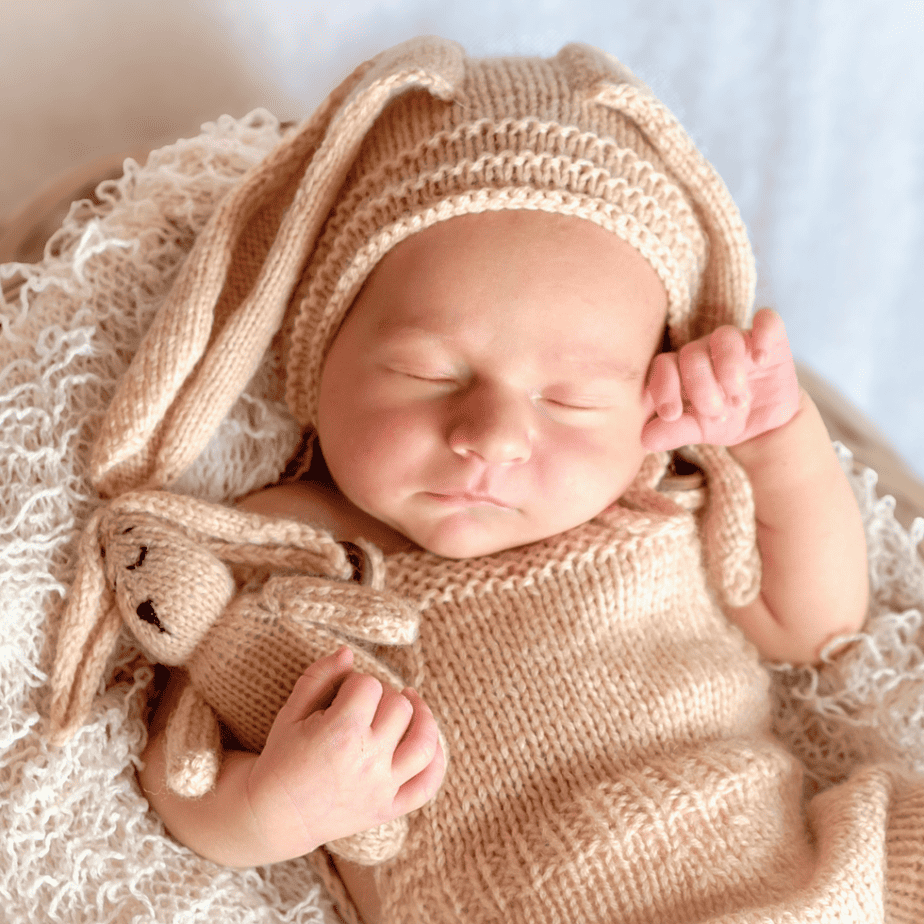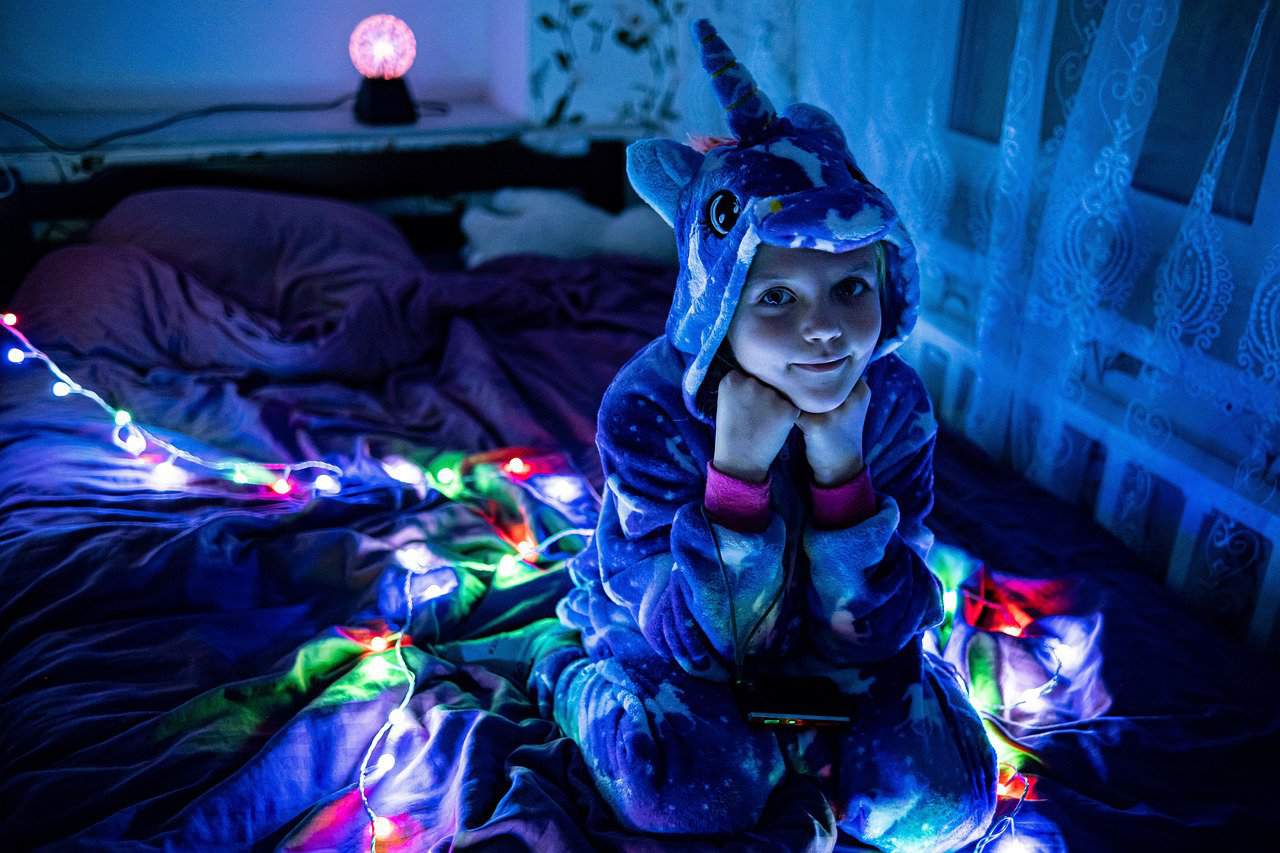
Selecting the right baby sleep sack for your newborn is a crucial aspect of ensuring your baby’s comfort and safety during sleep. Sleep sacks, often referred to as “wearable blankets,” provide a cozy and secure sleeping environment for infants, reducing the risks associated with loose bedding. As recommended by the American Academy of Pediatrics, sleep sacks are an integral part of safe sleep practices, helping to maintain optimal body temperature and lowering the chances of sudden infant death syndrome (SIDS).
When choosing a sleep sack, it’s essential to consider the fabric, size, and season-appropriate thermal resistance, known as the TOG (Thermal Overall Grade) rating. For cooler nights, the best 2.5 tog sleep sack can offer the necessary warmth without overheating your newborn. It’s key to find a balance that aligns snugly with your baby’s needs; as comfort can dramatically influence their sleep quality and development.
Key Takeaways
- Wearable blankets, or sleep sacks, contribute to safe sleep and reduce SIDS risks.
- The American Academy of Pediatrics endorses sleep sacks for newborns.
- Consider TOG ratings for season-appropriate sleep sack warmth.
Understanding Baby Sleep Sacks
Selecting the right baby sleep sack involves understanding safe sleep guidelines, the materials and designs available, and how they cater to a baby’s comfort and safety.
Safety Guidelines and SIDS Prevention
The American Academy of Pediatrics (AAP) advises that sleep sacks are preferable to loose blankets which can increase the risk of Sudden Infant Death Syndrome (SIDS). Swaddle blankets should be discontinued as soon as your baby starts to roll over, typically between 2 to 4 months, to prevent suffocation risks.
Material Quality and Comfort
Choose sleep sacks made from soft, breathable fabrics like cotton, organic cotton, or muslin. For cooler climates, fleece and wool, specifically merino wool, offer warmth while still allowing for airflow, preventing overheating.
Types and Features of Sleep Sacks
- Sleeveless designs: Promote ventilation and reduce overheating
- Weighted sleep sacks: Some believe they can soothe babies, though their safety is still under review
- Designs with inverted zippers or two-way zippers: Facilitate diaper changes
Sizing and Fit
A proper fit is crucial for safety and comfort. Sleep sack sizing should allow for free movement without being too loose, as excess fabric could cover the baby’s face.
Temperature Control
Thermal Overall Grade (TOG) ratings indicate a sleep sack’s warmth. Select one that matches your room temperature to prevent overheating, such as a lighter TOG for warmer months and a heavier TOG for cooler times.
Ease of Use and Maintenance
Look for features like zippers that make the sleep sack easy to put on and take off. Also, consider how easy the fabric is to clean, since you’ll be laundering it frequently due to spit-ups and diaper leaks.
Transitioning to Toddler Sleepwear
When your child outgrows sleep sacks, transition to suitable toddler sleepwear that allows for freedom of movement and fits appropriately for their age and size, always following safe sleep practices.
Selection Criteria and Recommendations
Choosing the right baby sleep sack is essential for your newborn’s comfort and safety during sleep. This section will help you evaluate the top brands, assess your budget, read consumer feedback, make a well-informed purchase, and use your chosen product safely.
Evaluating Top Brands and Options
When examining top brands, prioritize GOTS-certified organic cotton options to ensure a toxic-free environment for your baby.
Considerations for Budget and Value
An affordable option doesn’t mean compromising quality; Burt’s Bees is known for affordable yet high-quality sleep solutions. Consider multi-functional sleep sacks like Love to Dream that can evolve with baby’s sleep routine, providing value for money. Remember, investing in a two-pack can be cost-effective and convenient for laundry days.
Reading Consumer Reviews and Testimonials
Study parent feedback and industry expert reviews. Pediatricians and the baby care community can offer insights into practical aspects, such as the ease of use of wearable blankets or if certain brands like Kyte Baby are especially cozy for little ones. Real-world experiences complemented by expert advice can steer you toward the best sleep sack for your baby.
Finalizing Your Purchase Decision
Through your research, you’ll find options like weighted sleep sacks for extra comfort or cotton knit varieties for breathability. Remember to check if the product is appropriate for the current season. Long sleeves might be suitable for winter, but a lighter Halo or Kyte Baby sack might fit summer needs. Prioritize key features that align with safe sleep recommendations.
Practical Tips for Safe Usage
Consistently utilize a properly fitted sleep sack to minimize risks associated with loose bedding. Ensure that wearable blankets allow for ample hip movement and avoid overly snug fits..
Conclusion
Selecting the right baby sleep sack involves considering comfort, safety, and the appropriate size for your baby’s age and stage of development. Always ensure the sleep sack aligns with safe sleep guidelines, as recommended by professionals, for your baby’s well-being.




Leave a Reply